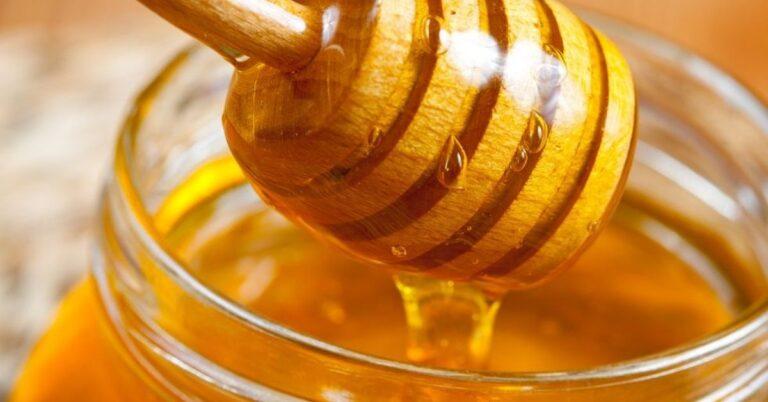
By flapping their wings when transferring the nectar to the hive and in the process of moving through the hive they dry out the nectar. So how does this high moisture content nectar become honey which has a low moisture content?ĭuring the process of making honey the bees play a huge role in removing much of this moisture, it a very surprising way. As you all may know, Nectar is first gathered by bees to make honey, which naturally has a high-water content, about 60 to 80 percent. Not really but pretty close, something more along the line of a special kind of alchemy is used to make honey. So why is honey different from other sugars in this way? Molasses is a byproduct of cane sugar however so though it will take a long time it will eventually spoil. This can also be true for other foods, such as molasses. This also makes honey a great antibiotic for medicinal purposes. Being that it is so acidic means that it will pretty much kill off anything that attempts to grow there, which only adds to its already inhospitable environment for organisms. The pH of honey is between a 3 and 4.5 approximately which is getting on the higher end of the pH scale for acidity. With it being such an inhospitable environment for the organisms, they do not live long enough to to have a chance to spoil within the honey.Īs I stated above honey is naturally acidic, extremely so. In order for honey to spoil it would have to have something inside of it that can spoil. They would basically just get smothered by all its thick, rich goodness. For this reason, honey is a poor environment for most bacteria and microorganisms to live. Honey in its raw and natural form have very low moisture content. Sugars are hygroscopic, meaning that contain very little water in their natural state but can suck moisture from the air when left unsealed. Just to start we can all agree that honey is a sugar. So, let’s talk more about what makes this special food so special. You wouldn’t eat uncooked rice or straight salt, you could however eat the thousand-year-old honey straight from the tomb without any preparation the same as if it had been bottled that same day.

Honey however can remain preserved in a completely edible form which is different from these others. Other examples of food that also has an eternal shelf life in their raw forms are salt, sugar, dried rice just to name a few.

Just to quickly name a few factors as to why honey has an eternal shelf life-its acidity, its lack of moisture and the presence of hydrogen peroxide-work in perfect harmony, allowing the sticky treat to last forever.

Over the years as archeologists have uncovered these ancient honey pots and have discovered that the honey remains unspoiled, a remarkable testament to the eternal shelf-life of honey. And more surprising still is that these thousands of years old honey is still preserved. While excavating ancient Egyptian tombs, archeologists have often found pots of honey amongst the tombs artifacts. The Science Behind Honey’s Eternal Shelf Life


 0 kommentar(er)
0 kommentar(er)
